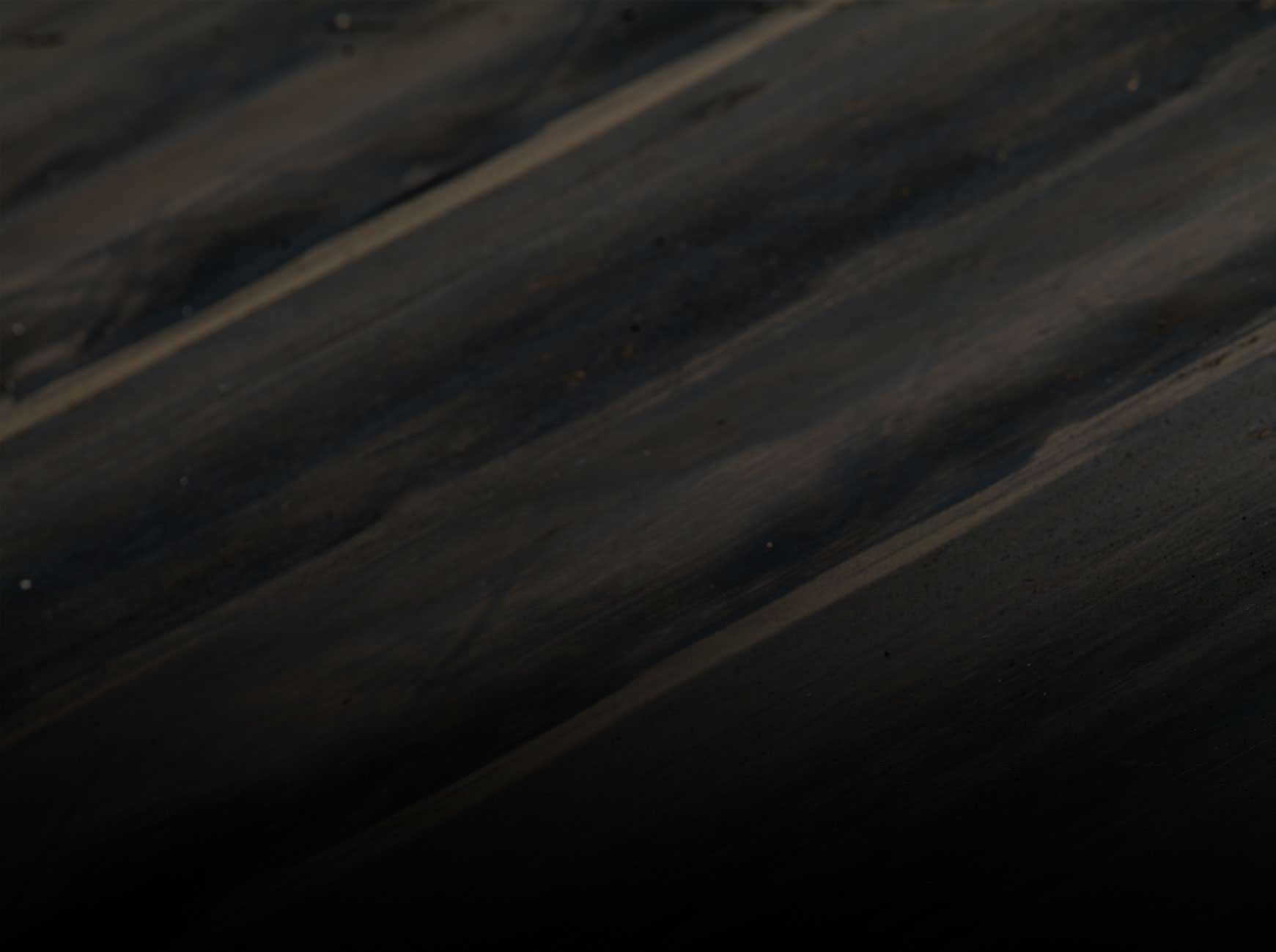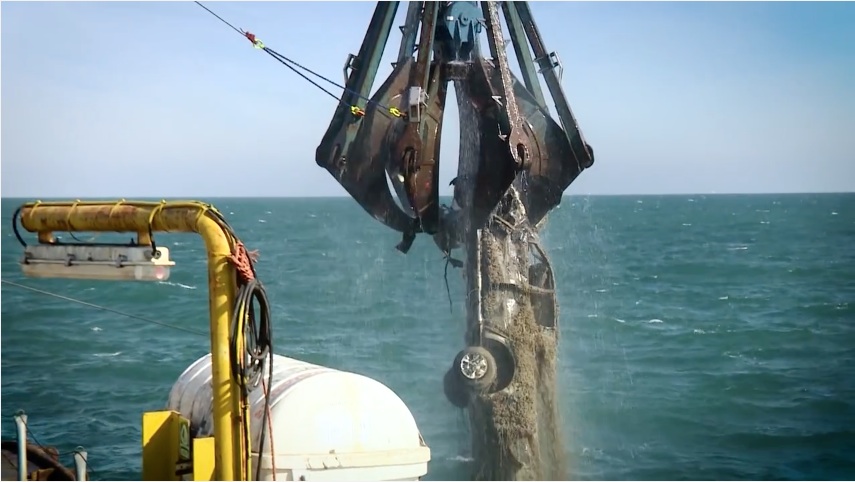When the M/V Baltic Ace sank on December 5th, 2012 after being hit by the container ship M/V Corvus J., she settled in 115 feet of water in the middle of the shipping lanes that serviced the port of Rotterdam, one of the worst locations possible. Knowing that the wreck was impeding ship traffic and worried about the ship’s fuel oil and the cargo of 1,400 or so Mitsubishi vehicles on board and the potential environmental impacts that could take place if something were to happen in the rough North Sea conditions, the Dutch Rijkswaterstaat (a public works section of the government that overseas, among other things, water management) put out a contract for the salvage of Baltic Ace, which was awarded to Royal Boskalis Westminster and their partner Mammoet. Starting in 2014 and working for two years during the months of March-October, the ship was drained of fuel oil, then cut up into sections using the diamond-sleeved wire method first seen on the recovery of the Russian submarine Kursk and removed. The scale of the job stands out when you see the crane lifting the entire bow of the ship out of the water and destroyed cars are just hanging on inside the wreckage. By the time the operation was completed in October, 2015, the entire ship and it’s cargo had been removed off of the ocean floor. This video shows the whole operation and the scale which the workers had to contend with…tons upon tons of wreckage had to be recovered from the ocean floor, and that isn’t an easy job!
(Courtesy: Jalopnik)













They could have left those Mitsubishi’s down there. They’re a worse environmental impact on land!
My best Mitsubishi joke: A house wife is getting her groceries checked out & notices the handsome young buck bagging them. She asks him if he would carry them out to her car for her, to which he responds, sure. On the way out the store she says to him, you know, I have an itchy pussy. The kid says, you’ll have to point it out, all those foreign cars look alike to me.